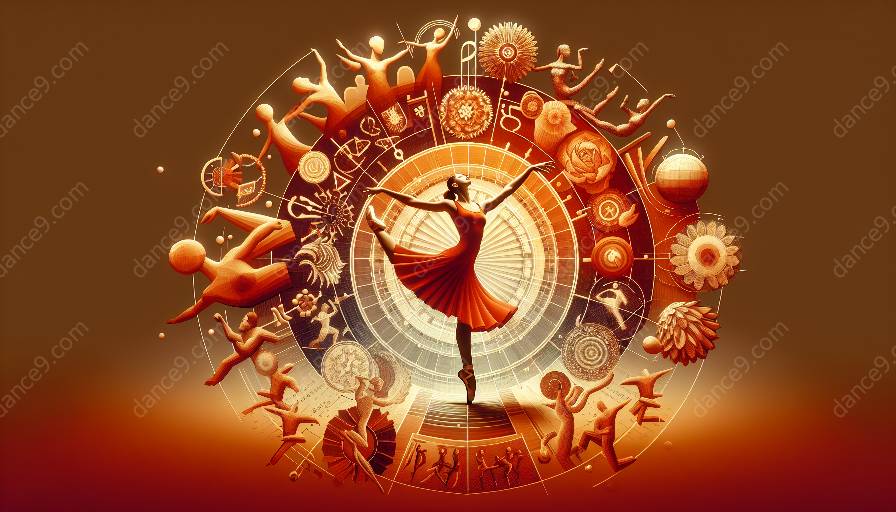Dance is a powerful form of expression that reflects and shapes cultural identity, playing a significant role in the fabric of societies around the world. This article will delve into the intricate relationship between dance, cultural identity, and anthropology, exploring the ways in which dance serves as a mirror, a means of preservation, and a catalyst for change within various cultural contexts.
Dance as a Reflection of Cultural Identity
Dance is deeply intertwined with cultural identity, embodying and communicating the values, beliefs, and traditions of a community. Each dance form carries a unique history, often serving as a living archive of a culture's narrative. Through movement, rhythm, and symbolism, dance reflects the collective experiences and expressions of a people, offering a visual and kinetic representation of their identity.
For example, traditional African dances such as the Adowa in Ghana or the Gumboot dance in South Africa are rooted in the historical experiences of the respective communities. These dances convey narratives of resistance, resilience, and cultural pride, connecting individuals to their heritage and fostering a sense of belonging.
Dance as a Mechanism of Cultural Preservation
Within the realm of anthropology, dance serves as a valuable artifact for understanding and preserving cultural identity. Anthropologists study the movements, gestures, and rituals of dance to gain insights into the social, religious, and historical dimensions of a culture. Through this lens, dance becomes a tool for documenting and safeguarding cultural traditions, ensuring their continuity across generations.
In Indigenous communities, ceremonial dances carry profound significance, encapsulating sacred knowledge, cosmological beliefs, and communal values. These dances are central to rituals and rites of passage, reinforcing the intergenerational transmission of cultural heritage and contributing to the resilience of Indigenous identities in the face of external pressures.
Dance as a Catalyst for Cultural Change
While dance serves as a mirror of cultural identity, it also plays a dynamic role in shaping and evolving cultural narratives. As societies undergo social, political, and technological transformations, dance adapts and innovates, reflecting the changing dynamics of identity within a given cultural context. This adaptability demonstrates dance's capacity to both embody tradition and facilitate cultural evolution.
In contemporary urban settings, fusion dance forms emerge as diverse communities interact and coalesce, leading to the creation of hybrid styles that blend traditional elements with modern influences. These hybrid forms reflect the interconnected nature of cultural identities, embodying the fluidity and adaptability of cultural expressions in a globalized world.
Dance as a Universal Language
Across cultures, dance serves as a universal language that transcends linguistic barriers, allowing for cross-cultural exchange and understanding. Through the shared experience of movement and rhythm, individuals from diverse backgrounds can connect and communicate, fostering empathy, mutual appreciation, and cultural exchange.
In conclusion, the intersection of dance, cultural identity, and anthropology underscores the profound significance of dance as a reflection and shaper of cultural identity. By examining the role of dance within different cultural and anthropological contexts, we gain a deeper understanding of the complex and dynamic relationship between movement, tradition, and the preservation of cultural heritage.

















